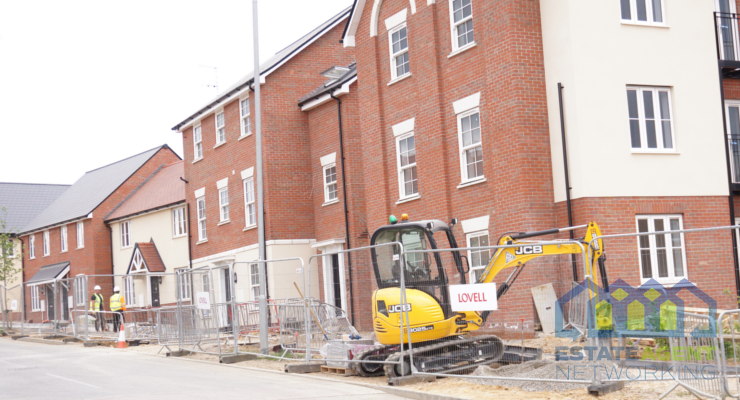High cost of renting and buying by hospitals highlights need for healthcare housing help
Rental deposit replacement scheme, Ome, has looked at the cost of buying and renting a home around hospital sites throughout England and what this means for the hard-working front line nurses based on the average net salary available in each region for those working in the profession.
Ome looked at the current average house price for each hospital postcode, the average cost of renting each month, the rental deposit required and how much of the average nurse’s salary would be required to cover these costs.
Renting: Data Sheet 1
The research shows that when it comes to renting, the average cost per month around hospital sites in England comes in at £891. This is 5% higher than the current average across England and accounts for 47% of the average nurse’s salary.
The data, therefore suggests that the average nurse is required to find £1,114 upfront for a rental deposit, compared to an average of £1,065 across England as a whole. This deposit cost alone accounts for 59% of the average nurse’s monthly wage.
The issue of rental affordability is, of course, much higher in London where the average rent of £1,905 around London hospitals is 124% higher than the national average. As a result, according to these figures, the average London nurse is paying out 87% of their average monthly net salary on rent, with a deposit requiring more than a month’s wage (109%). In the East of England, the South East, the South West and the West Midlands, the average cost of renting accounts for 43% or more of the average nurse’s salary. A significant proportion of their wage.
The least affordable hospital postcodes are those housing the Hospital of St John and St Elizabeth Hospital in St John’s Wood. The average rent around the hospital tops £3,150, which equates to 144% of the average London nurse’s salary and requires a rental deposit of £3,938 in order to secure a property.
Outside of London, the Royal Surrey County Hospital in Guildford is home to an average rental cost of £2,037. This equates to 105% of the average nurse’s salary in the area, with a deposit costing £2,546; 131% of the average monthly earnings.
Top 10 Least Affordable Hospitals to Rent Around: Data Sheet 3
Buying: Data Sheet 2
When it comes to buying in the immediate vicinity of a hospital in England, the average house price is 26% higher than the national average at £312,764; with a house price to income ratio of 13.8 compared to just 9.9 across the nation as a whole.
The average house price surrounding hospitals is higher than the English average in a total of five English regions, with London again the highest at £817,898; 213% more than the average in England as a whole with a house price to income ratio of 31.2.
There are a total of five hospitals in London’s W1 postcode where the average house price is an eye-watering £2.4m and with the average nurse taking home an annual net salary of £26,244 the result is a house price to income ratio of 91.5.
Just outside of the M25, St Margaret’s Hospital in Epping is home to an average house price of £616,293; a house price to income ratio of 32.4. Spire Clare Park Hospital in Farnham and Spire Tunbridge Wells in Kent are also home to house price to income ratios of 29.9 and 29.5 respectively.
Top 10 Hospitals with the Highest House Price to Income Ratio: Data Sheet 4









